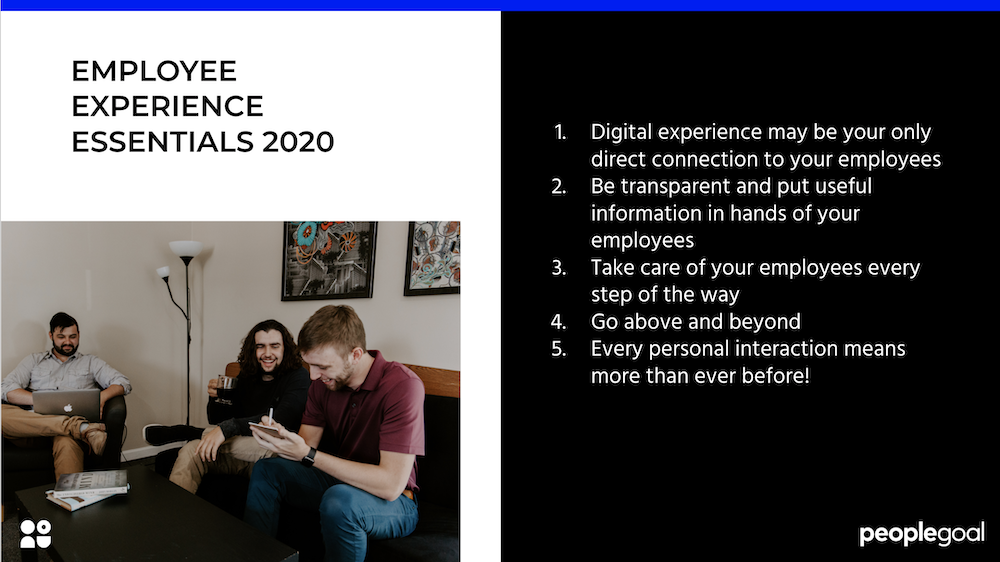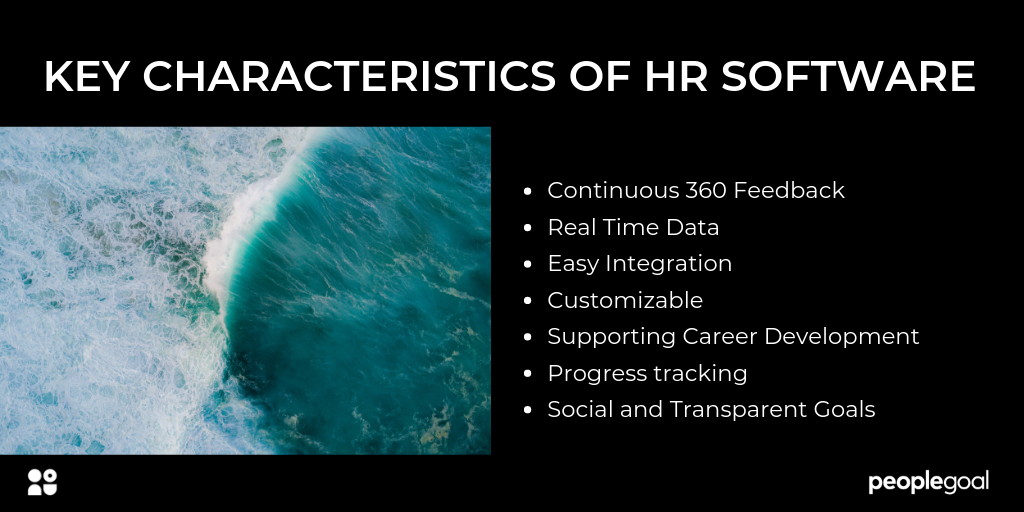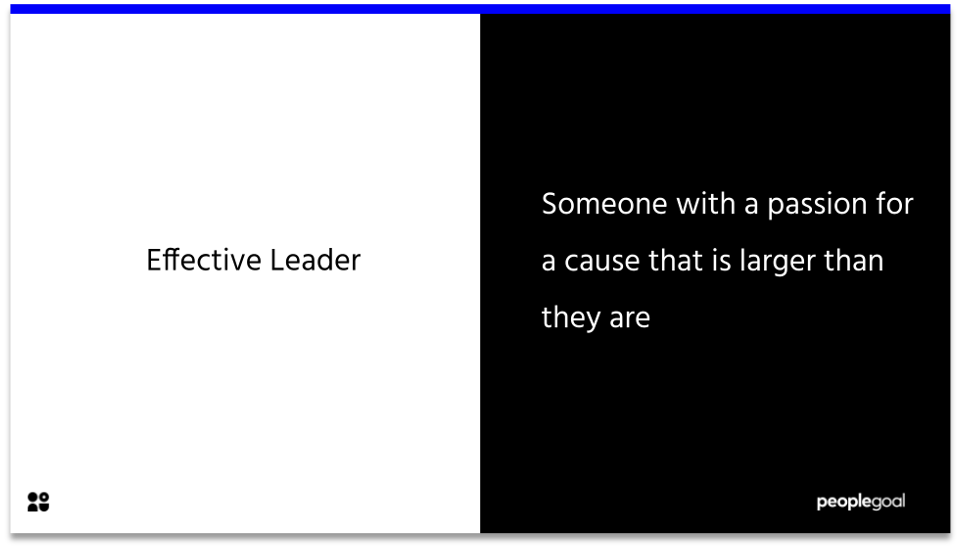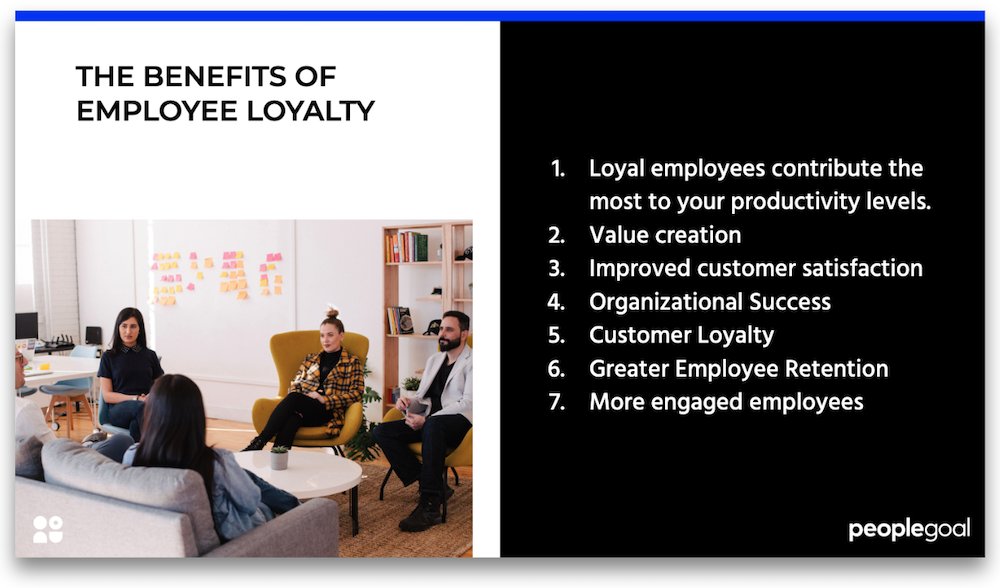New year. New decade. Ever-growing interconnected digital world defined by auto-reply systems, chatbots, atomisation, digitalisation, data and an increasing number of software, that companies use to manage their business and workforce. The result? Brands are at the risk of losing personal touch, and thus not differentiating on service, drowning amongst the growing number of businesses worldwide. The same risk applies to employer brands, who increasingly struggle to retain their best talent and provide positive employee experience.
The Importance of Employee Experience
And as the western culture became more individual over the past few decades, the disposable consumeristic culture has not only affected the shopping habits, values and personal relationships but also the employee loyalty. We all know that job-hopping is common these days and people are expected to change their career 5-7 times across their working life.
Therefore, HR leaders and successful entrepreneurs are realising that the future of work is bringing ‘human’ back to HR and providing positive employee experience. This year many experts have touched upon trends such as being kind and moving from people analytics to analytics for people.
A post by Gil Cohen caught my attention, who highlighted that companies should stop referring to their employees as ‘assets’, ‘resources’ and ‘capital’. Very accurately, he states that words do matter and;
"Language is key to how culture is reflected.”
Similarly, when I started business school 5 years ago, I was advised to think of myself as a ‘product’ to successfully kick off my career and differentiate myself from the competition of young hungry job hunters. And following the idea of Cohen, today I am supposed to be (referred to as) an asset or a resource. Objectification at its best, isn’t it?
Luckily, emotions are no longer seen as an unwanted aspect of human nature but a catalyst of creativity ideas, motivation and most importantly commitment.
What does the young talent have to say?
Over the holidays I engaged in many inspiring conversations with my friends about their careers, future and what they want from their professional lives. Some of them were energised and empowered by old and new jobs with challenging tasks and progressive managers. Some were frustrated by lack of support, responsibility and most importantly lack of purpose. And most were on a search of added value, opportunities to learn and develop, as well as hoping to find a sense of belonging.
Therefore, I have decided to repurpose the wonderful article of Amy Czuchlewski “How to have a Personal Touch in a Digital Ecosystems” from customer experience to modern workplace in 2025 with 5 essential tips for employers to retain their best talent and create culture of commitment and respect:

Digital experience may be your only direct connection to your employees
Contract and remote working has become a standard in the 21st century. Therefore, it is vital to implement sufficient digital channels to manage and engage your workers. Internal and external communication channels, HRIS software as well as performance management software are key to success.
Make sure you clearly communicate your expectations to your employees, help them set clear goals and align them to the company objectives. Providing them with ongoing feedback, recognising and rewarding their efforts will keep them engaged and ongoing conversations will help you evaluate their productivity and achievements.
Be transparent and put useful information in hands of your employees
It can be scary to share information with your staff. However, it is the only way you will enable them to reach their full potential and develop creative and innovative solutions. Furthermore, it is vital for success of a business to share the vision of your company with your workforce and getting everyone onboard with it.
You should also regularly conduct (and evaluate!) engagement surveys and listen to your employees and implement their ideas. It will not only help your business grow but it will also help you to create collaborative and inclusive culture in your business.
Take care of your employees every step of the way
Effective onboarding process is a sufficient way to prevent negative engagement from the day one. Providing your potential hires with information and answering their queries between accepting the job and starting their new position will help you minimize the chances you will get ghosted. Providing support and training during the orientation period will help your employees settle to their new role quicker and regular check-ins will help you identify any potential issues in a timely manner. Therfore, developing a onboarding process and getting your HR team as well as management onboard is vital.
Go above and beyond
Help your employees to integrate their work and personal life. It is unrealistic to expect your employees to leave the rest of their lives behind the door when they enter the office. What is it they really value? Provide your employees with opportunities to develop not only skills but also relationships in the office and get to know each other.
Encourage the management to have honest and open conversations with their reports and provide training to your employees to encourage their development. Additionally, ask yourself a question what extra activities and initiatives can you introduce to enhance the employee engagement in your organisation?
Every personal interaction means more than ever before!
Coaching and mentoring is becoming increasingly important in a modern work environment. One on one meetings, ongoing self-evaluation and performance reviews are a key. In case your management, or you, have to reschedule a meeting or cancel it always communicate why to the employee and make sure to reschedule. Not providing your employees with feedback and not recognizing their needs and efforts is a quick way to lose your best talent.
To sum up, you should really focus on creating positive employee experience on a day to day basis. Improving the employees’ experience should be marked as important or very important for you as an employer brand. As mentioned before, human resources, company culture and engagement and performance management are the areas to focus on. Good luck!
Ready to 3x Your Teams' Performance?
Use the best performance management software to align goals, track progress, and boost employee engagement.






